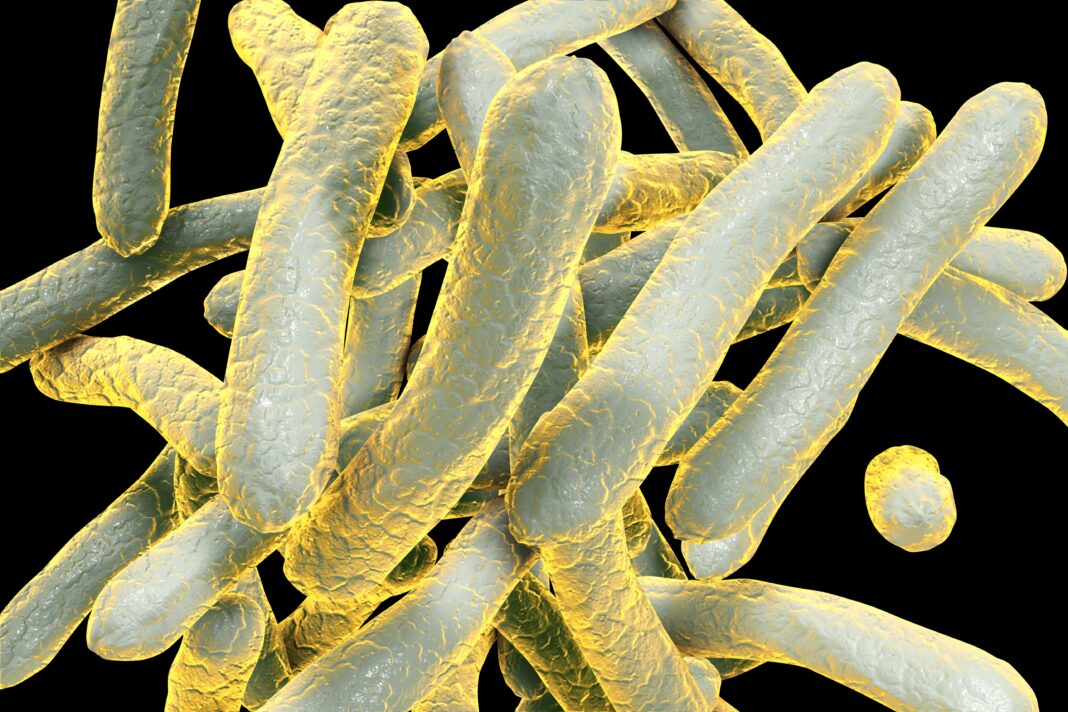Antibiotic resistance could be pre-empted if antibiotic use were informed by a metric called pre-resistance. It refers to the existence of pre-resistance mutations among drug-susceptible genotypes—mutations that increase the risk of antibiotic resistance will emerge.
The pre-resistance concept has been introduced by scientists based at University College London (UCL) and Great Ormond Street Hospital (GOSH). In a recent study, the scientists applied their concept to the genomic signatures in Mycobacterium tuberculosis. Essentially, the scientists examined a catalog of M. tuberculosis genomic signatures to produce the “first description and evaluation of pre-resistant polymorphisms.”
The scientists asserted that the prediction of future drug resistance in susceptible pathogens together with targeted expanded therapy has the potential to prevent drug resistance emergence not just in M. tuberculosis, but also in other pathogens.
Detailed findings from the study appeared December 15 in Nature Communications, in an article titled, “Genomic signatures of pre-resistance in Mycobacterium tuberculosis.” These findings, the article’s authors suggest, could allow doctors in the future to select the best treatments for bacterial infections.
“We sequenced whole genomes from 3,135 isolates sampled over a 17-year period,” the article’s authors wrote. “After reconstructing ancestral genomes on time-calibrated phylogenetic trees, we developed and applied a genome-wide survival analysis to determine the hazard of resistance acquisition.
“We demonstrate that M. tuberculosis lineage 2 has a higher risk of acquiring resistance than lineage 4, and estimate a higher hazard of rifampicin resistance evolution following isoniazid mono-resistance. Furthermore, we describe loci and genomic polymorphisms associated with a higher risk of resistance acquisition.”
TB, the bacterial infection caused by M. tuberculosis, was the second leading infectious cause of death after COVID-19 in 2020, killing 1.5 million people. It can be cured if treated with the right antibiotics, but treatment is lengthy and many people most at risk lack access to adequate healthcare. Drug-resistant TB can develop when people do not finish their full course of treatment, or when drugs are not available or are of poor quality.
Multidrug-resistant TB represents a huge, unsustainable burden and totally drug-resistant strains have been detected in a handful of countries. As health systems struggle to cope with the pandemic, progress on TB treatment globally has slowed.
To develop a better understanding of, and ultimately better treatments for, TB, this new research has identified for the first time how to preempt drug resistance mutations before they have occurred. It also demonstrates how the pre-resistance concept can be applied to other infectious diseases. Finally, it suggests an approach to personalized pathogen “genomic therapy.” In this approach, drugs are selected based on the DNA of the specific pathogen causing the illness, preventing drug resistance from developing.
The work is the culmination of 17 years’ research in the suburbs of Lima, Peru, where Louis Grandjean, PhD, consultant in infectious diseases at GOSH and associate professor at UCL Great Ormond Street Institute of Child Health, leads a research group.
Grandjean, senior author of the current study, said: “We’re running out of options in antibiotics and the options we have are often toxic—we have to get smarter at using what we have to prevent drug resistance. This is the first example of showing that we can get ahead of drug resistance. That will allow us in the future to use the pathogen genome to select the best treatments.”






